Where Do Woodpeckers Migrate in Winter?
Updated: Sep. 29, 2023
Some woodpeckers stay in the same place year-round, but in other instances, woodpeckers do head south for winter. Find out why some migrate and some don't.
Even far to the north some woodpeckers thrive year-round, but in other instances, do woodpeckers migrate? Some species are short distance travelers, while others make epic annual migration journeys. Let’s unwrap woodpecker migration mysteries.
Discover more mind-blowing woodpecker facts you should know.
Migratory Woodpeckers on the Move
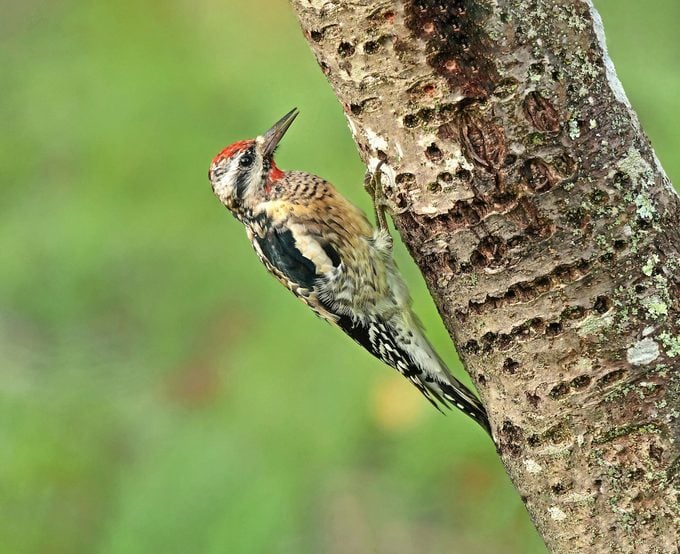
Of the 22 species of woodpeckers in the United States and Canada, nearly one third of them migrate from at least a portion of their range. The woodpeckers that migrate are often specialized eaters.
All four kinds of sapsuckers are at least partial migrants. Yellow-bellied sapsuckers show the most extreme woodpecker migration. The species nests from the Appalachians to Alaska, but come winter, the birds invade the southeastern United States and Mexico.
Red-naped and Williamson’s sapsuckers show similar migration movements shifting between the Pacific Northwest and Rocky Mountain summer homes to southwestern winter escapes. Williamson’s do remain year-round in the mountains of southern Oregon and California.
Red-breasted sapsuckers stick to their west coast ranges throughout the year, although they’ll shift away from the higher elevations and latitudes once the cold settles in.
During summer, Lewis’s woodpeckers behave more like flycatchers, snagging insects out of the air from New Mexico to southern British Columbia. This diet isn’t conducive to wintering in the northern portions of this range, instead Lewis’s can be found all year in the four corners states and California and Oregon.
Red-headed woodpeckers are year-round residents from central Florida to the United States vowel belt from Iowa to Ohio. In summer their range extends north to southern Canada.
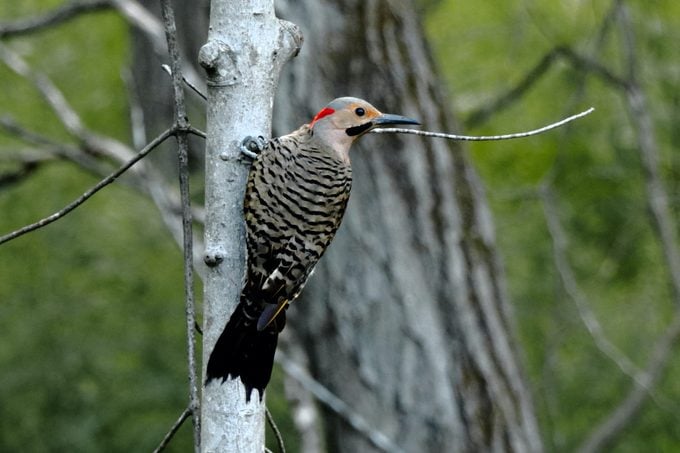
Northern flickers breed across much of the United States and Canada. Both red-shafted and yellow-shafted varieties of this species largely exit Canada as the snowflakes start to fly. Winter brings a unique opportunity from backyard birders to see both types of flickers in the Great Plains states. Otherwise, it’s red-shafted in the west and yellow-shafted in the east.
Resident Woodpeckers
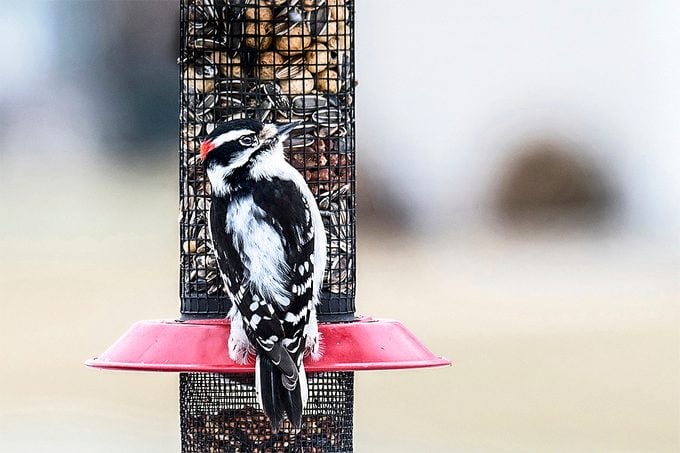
Migration is often triggered by food. The woodpeckers that predominately make their living eating seeds and suet can survive surprisingly harsh winter conditions. To cope with cold winter nights, many woodpeckers will utilize tree cavities or roosting boxes, even outside of the nesting season.
Familiar and widespread, downy and hairy woodpeckers cover much of North America all year.
Red-bellied woodpeckers are common in the central and eastern portions of North America. They continue to push northward in range, thanks in part to an increase in bird feeding stations and warming winter temperatures.
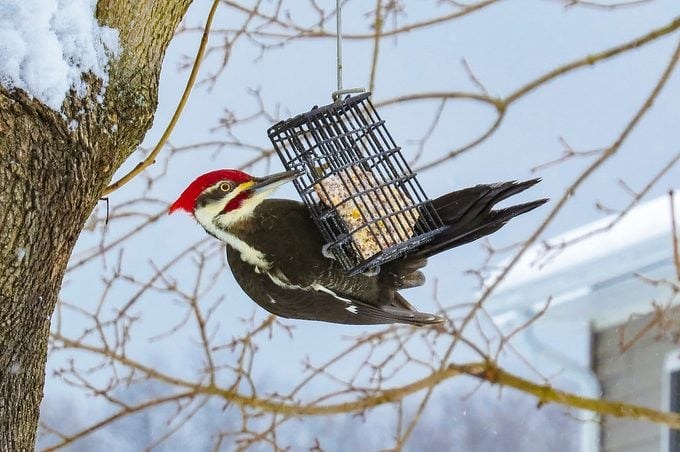
Another species that seems to be expanding its range is the pileated woodpecker. Forest recovery efforts have helped this big tree dependent species recover.
American three-toed and black-backed woodpeckers are species of the northern woods and western mountains. Both species prefer burned forests, so despite fairly wide distributions, they can be quite localized. They’ll shift locations as conditions change, but this isn’t a seasonal migration.
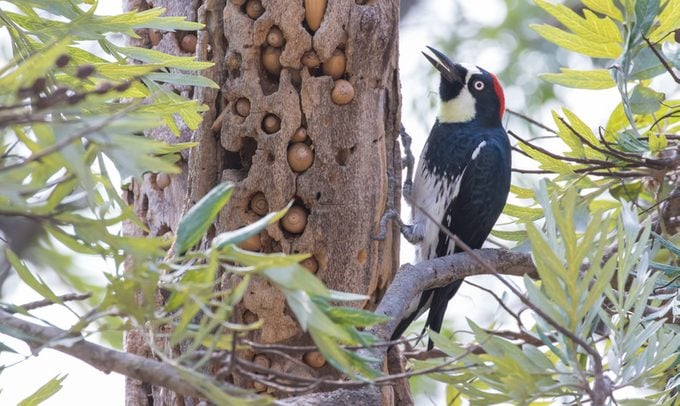
Acorn woodpeckers store hordes of nuts, up to 50,000 servings, so they have access to food all of the time. Unlike other bird and squirrel caches, these acorns are stored in granary trees and poles. They rarely sprout into mighty oak trees.
Loose colonies of endangered red-cockaded woodpeckers reside in pine forests of the southeast. This species will often tap into live trees encouraging sap flow as a way to project their cavities from predation.
Woodpecker diversity is high in the southwest with a number of year-round species including Arizona, Nuttall’s, golden-fronted, and ladder-backed all carving out their own niche.




















